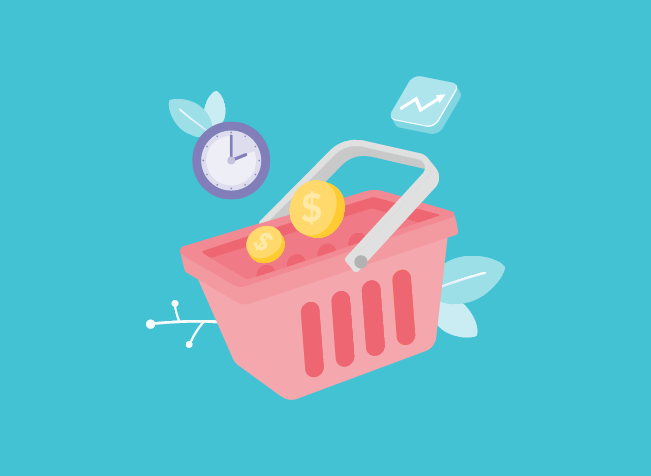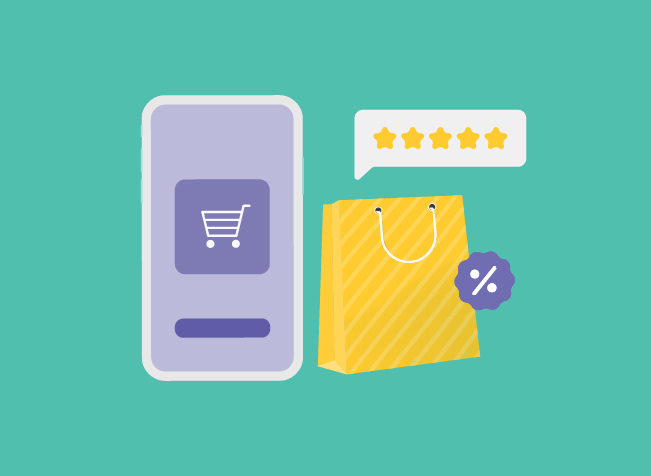Retail was the first well-defined point of interaction and value exchange between businesses and consumers and, since then, has remained the heart of a business’s growth. Looking back at the initial days of unorganized buying and selling, while we stand at the edge of a new face of retailing with increasingly apparent integration of physical and digital purchase journeys, we can evidently acknowledge that businesses need to be flexible and adaptive to stay relevant in providing an enhanced consumer experience.
The one significant change that drives all others is consumer expectations. The first major shift happened when consumers became the decision-makers. What they looked for in an ideal shopping experience evolved from discounts and product variety to speed, convenience, and relevance.
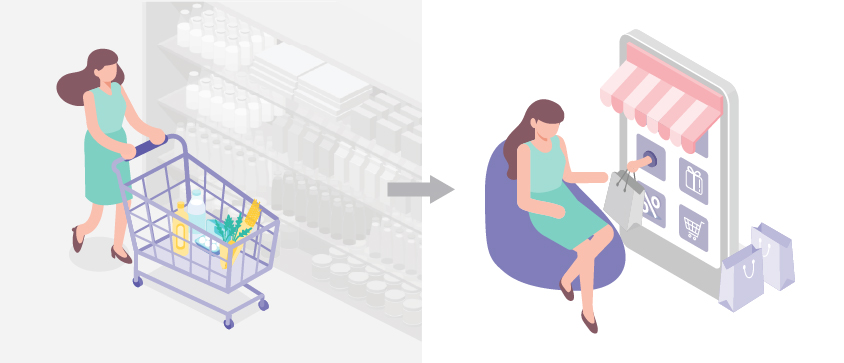
This brought to life the multi-channel approach of retailing. By taking this approach, stores have provided customers the option of making a purchase online or in-store. As a result, customers have more options and less hassle when making purchases, ultimately leading to a significant increase in business. One major advantage of this strategy was the ability to be available for consumers with 24-hour access, thus increasing the chances of being in touch with them in their peak moments of consideration. This helped build brand loyalty with ease.
In today’s digital age, consumers are being reached out to by millions of brands with their persuasive offerings online, offline, and out-of-home. And amidst this chaos, to remain top-of-mind and drive purchases among the target audience, there is a rising need for brands to provide a unified end-to-end integrated shopping experience, from product discovery to purchase. Addressing this need urges brands and retailers to shift the focus way beyond the retail infrastructure. Hence the emergence of the omnichannel retail world, which creates a seamless experience over different channels while at the same time ensuring accuracy and efficiency. Consumers can now discover a product on social media, place an order through the brand’s e-commerce channel, and decide to pick it up from a nearby retail outlet the next day on their way to work.
Customers are continuously purchasing, liking, saving, and favoriting across e-commerce, brick-and-mortar stores, social media, and mobile apps. This has drastically increased the number of touchpoints that connect brands to their customers, and all of this leaves a trail of consumer data for marketers to utilize in driving the highest level of personalization and retaining their attention for consistent repeat purchases.
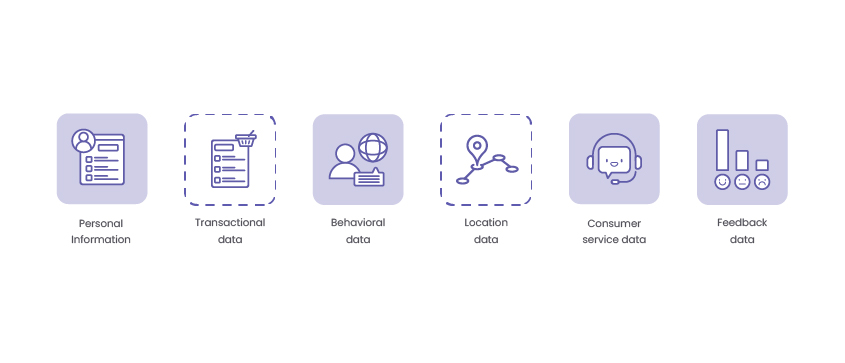
The data directly collected by a brand from its customers is the first-party data exclusively owned by the brand. This type of data is not only authentic but mostly up-to-date. Here are some types of first-party data that may be collected from an omnichannel shopping journey:
- Personal Information: This usually includes the demographic data and contact information that the brand collects on its buyers that personify the customer. This data can be collected through surveys, social media profiles, or other sources.
- Transactional data: This includes data on purchases made by a consumer, such as the products purchased, the amount spent, and the date and time of the purchase. This data can be collected through point-of-sale systems, online shopping carts, and other transactional systems.
- Behavioral data: This includes data on a consumer’s online and offline behavior, such as their browsing history, search queries, product views, and social media activity. This data can be collected through website analytics tools, social media platforms, and other tracking technologies.
- Location data: This includes data on a consumer’s location, such as their home address, work address, and location data collected through mobile devices. This data can be used to personalize marketing messages and offers based on a consumer’s location.
- Customer service data: This includes data on a consumer’s interactions with customer service representatives, such as phone calls, emails, and chat logs. This data can be used to improve customer service and identify areas for improvement.
- Feedback data: This includes data on a consumer’s feedback and reviews of products and services. This data can be collected through surveys, social media, and other feedback channels and can be used to improve products and services and identify customer preferences.
With all this data collected, the brand marketer is equipped with enriched consumer data profiles that hold information to guide decisions of whom to target, where to target, how to target, and with what product for maximized returns on marketing efforts.
Despite the prevalence of online shopping and the use of the internet to research and compare prices, customers still desire the tactile experience of physically touching and trying on a product. As the retail industry evolves, there is a growing adoption of technology such as augmented reality, interactive videos, 360-degree views, and gestural controls to enhance the shopping experience for customers. This trend is expected to continue in the future.
Additionally, shoppable TV ads are an upcoming disruptive technology that will allow shoppers to scan their TV screens and access product pages to make purchases on their mobile devices. This development will add another dimension to the omnichannel shopping experience, creating new opportunities for synergy between media and retail.
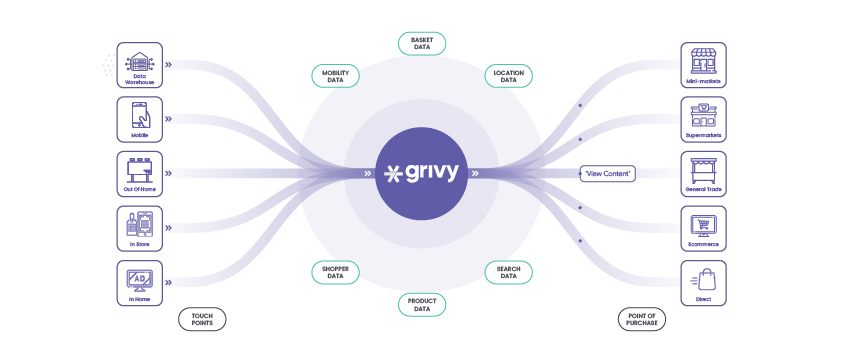
At Grivy, we are well equipped to support brands to cope with the current retail revolution by integrating the upper funnel efforts with lower funnel point-of-purchase and presenting brand buyers with a uniquely designed online-to-offline purchase journey. In doing so, the Grivy Growth Platform enables collecting all relevant first-party consumer data across touchpoints, identifying new and existing buyers, and helping enrich their profiles with actionable insights on buying behavior.

